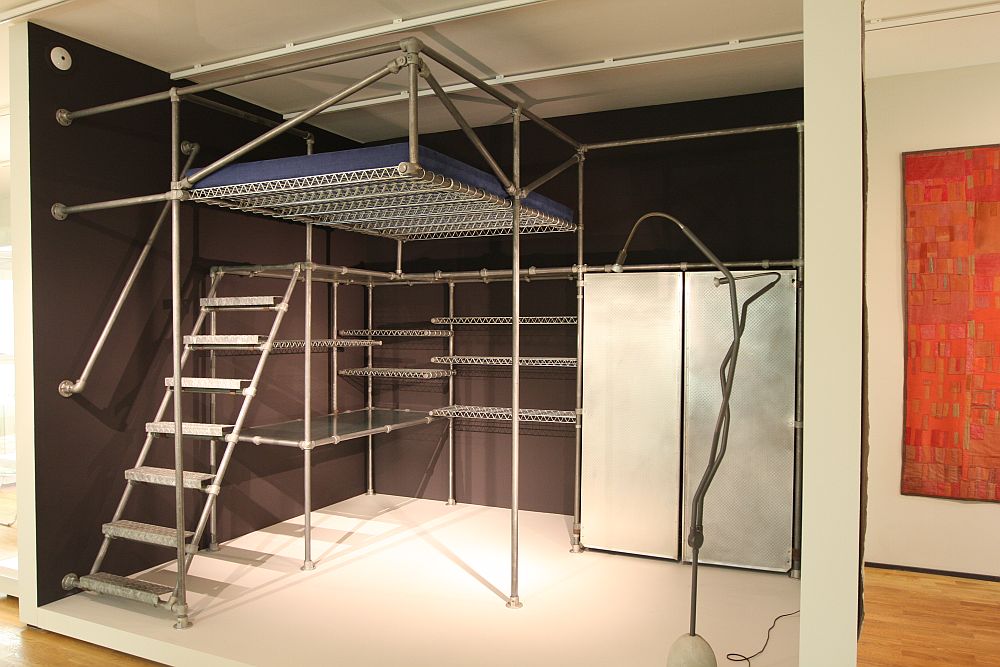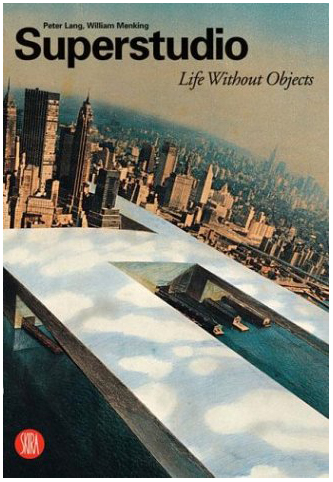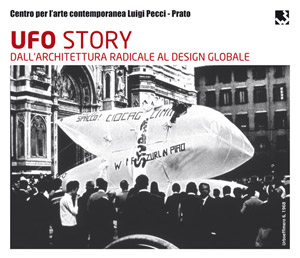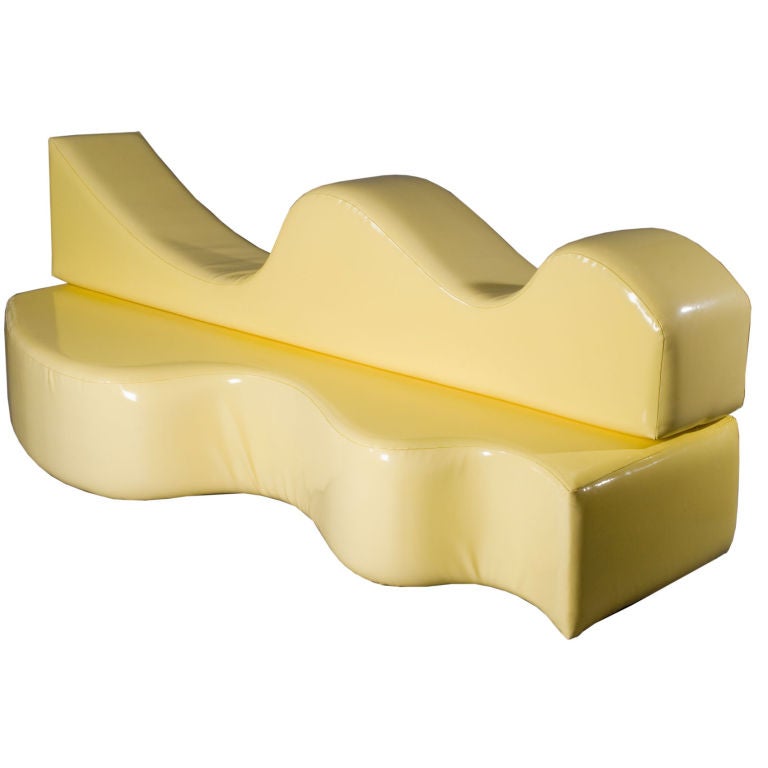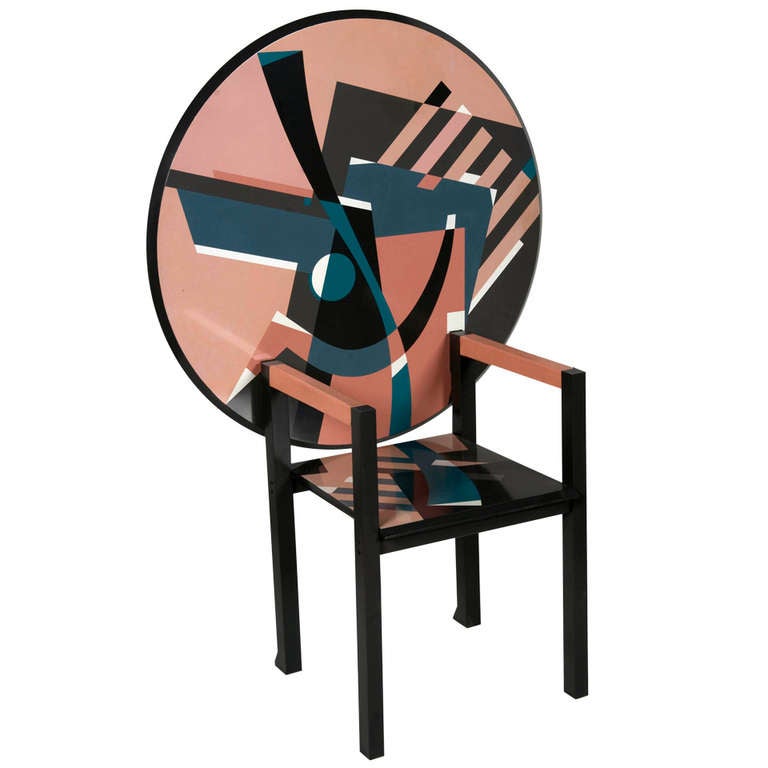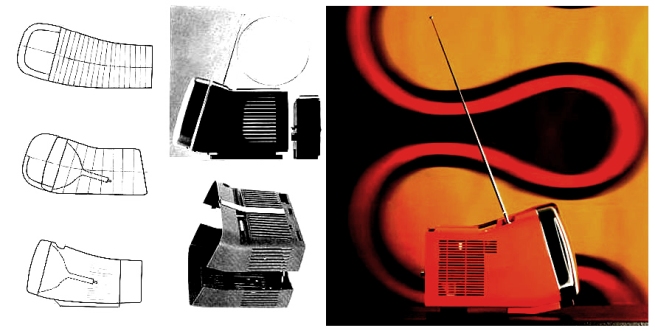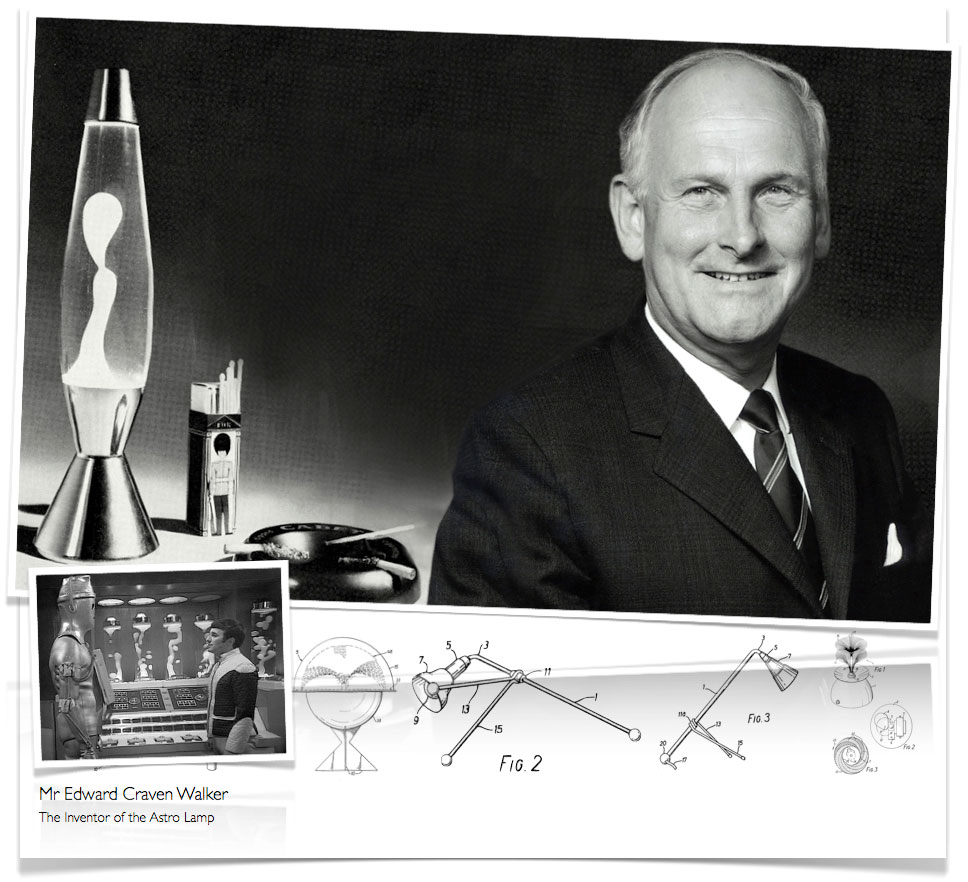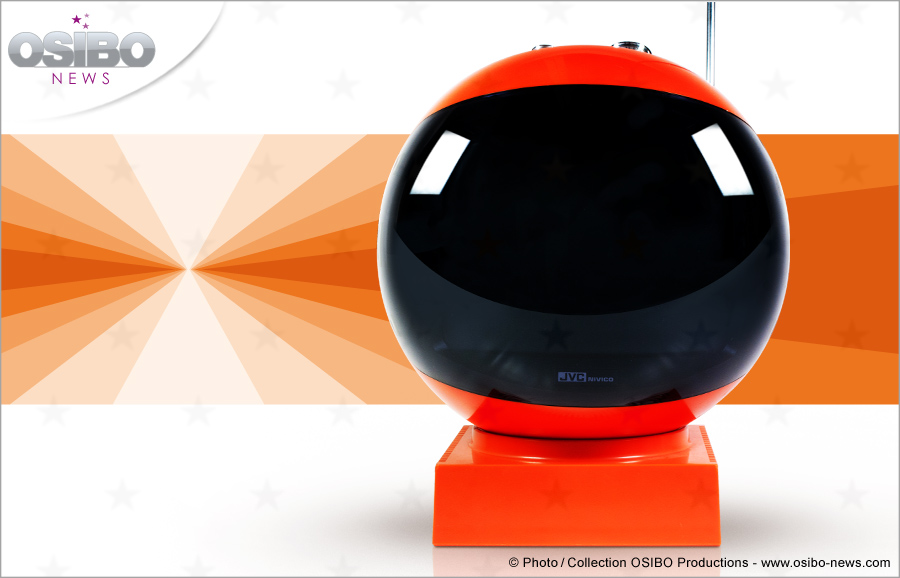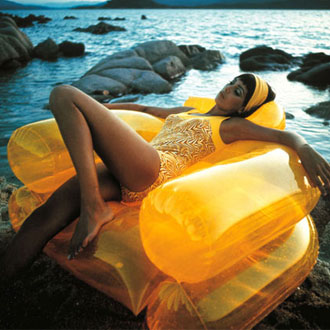“High Tech ……”
When earlier on I wrote about Pop Design, I mentioned
that one of the styles that replaced it was the High Tech. Actually, the High Tech style appeared for
the first time in architecture in the mid-1960s, instilled by the geometric
formalism of classical Modernism and the Radical designs of Buckminster
Fuller. However, it was during the 1970s
that the designers started to adapt
the architects’ High Tech ideas into their interior designs.
The High Tech style opposed the excesses of Pop
Design. The designs were more
sensible. They were created to be useful
– for a purpose, rather than for attractiveness.
The pioneers of the High Tech style were British
architects, including Norman Foster, Richard Rogers and Michael Hopkins. They made use of raw industrial elements in
buildings.

Sir Micheal Hopkins, Architect (b.1935), (2014), Hopkins House (1976) [ONLINE].
[Accessed 29 December 13]

galinsky, (2006), Centre Pompidou (Pompidou Center) [ONLINE].
Available at: http://www.galinsky.com/buildings/pompidou/pompidou1.jpg
[Accessed 29 December 13]
The industries’ utilitarian equipment and fittings,
which were usually produced for factories and institutions were being used in
High Tech interiors – for example trolleys, rubber flooring, clip-on lighting,
galvanized zinc shelving and scaffolding poles.
The High Tech interiors often included primary colour schemes –
a characteristic of De Stijl.
In America, promoters of the High Tech style included
Joseph Paul D’Urso and Ward Bennett.
They worked with salvaged industrial materials. In 1978 Joan Kron and Susan Slesin published
a book about the High Tech. Its title was
“High Tech – the industrial style and source book for the home”. However, by that time the style was already
declining and in fact, in the early 1980s it was replaced by
Post-Modernism. Still, in the mid-1980s,
some British designers, including Ron Arad and Tom Dixon, were inspired by the
High Tech ideas of using industrial elements, and they created “one-off”
designs from salvaged materials – these included scaffolding poles, car seats
and manhole covers.
(smow), (2013), A 1980s bedroom/study ensemble by Ron Arad. As see at the Grassi Museum for Applied Arts Leipzig [ONLINE]. Available at: http://www.smow.com/blog/wp-content/uploads/2012/03/Grassi-Museum-for-Applied-Arts-Leipzig-Art-Nouveau-to-Present-Ron-Arad.jpg
[Accessed 29 December 13]

Despoke , (2010), Ron Arad rover chair [ONLINE].
[Accessed 29 December 13]
Other Reference:
Book: Fiell, C.F and P.F, (1999). Design of the 20th Century. 2nd ed. Germany: Taschen
